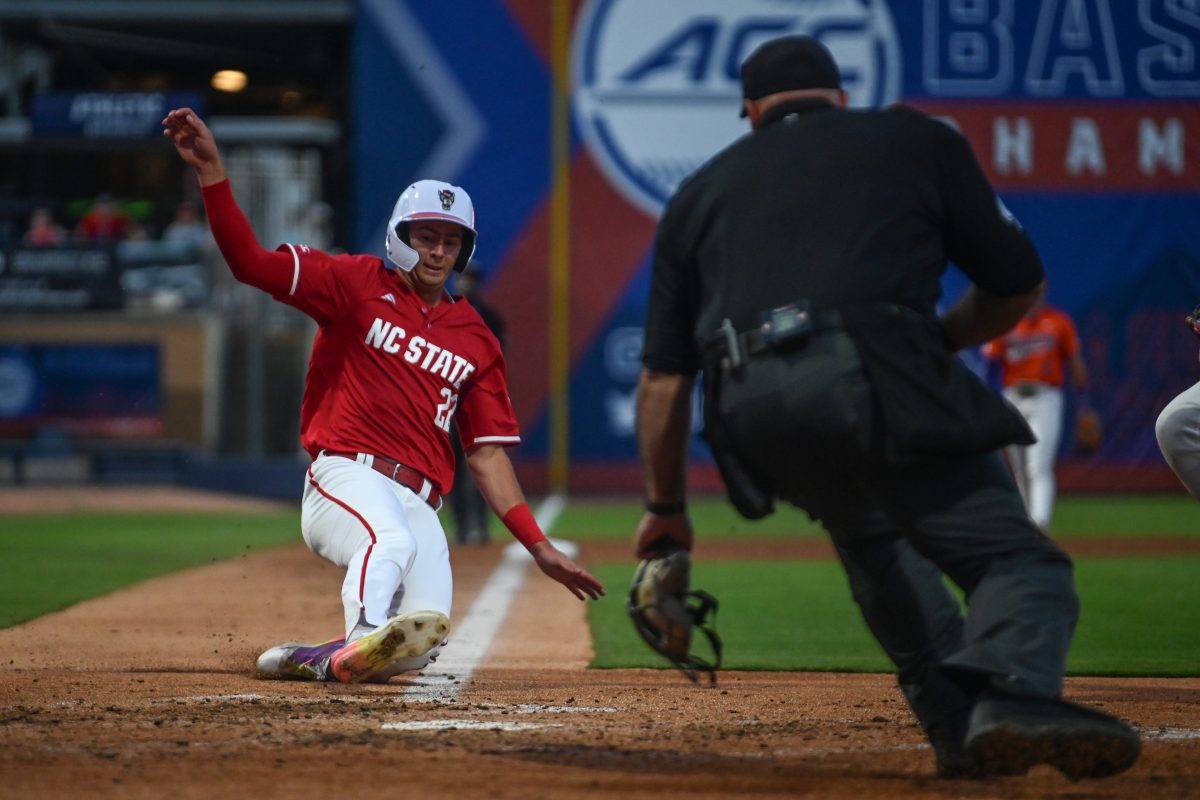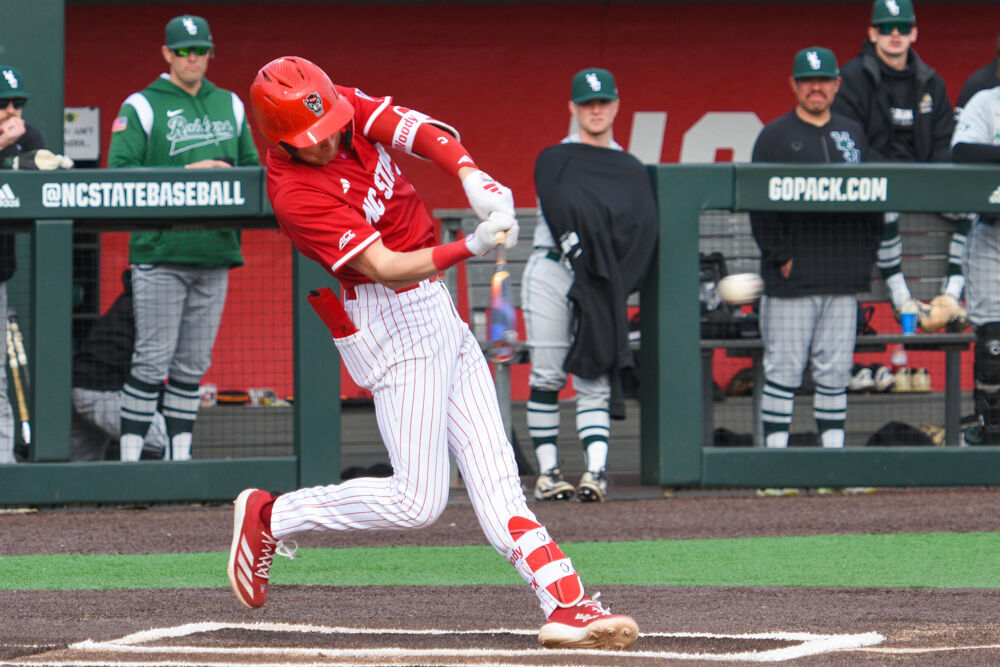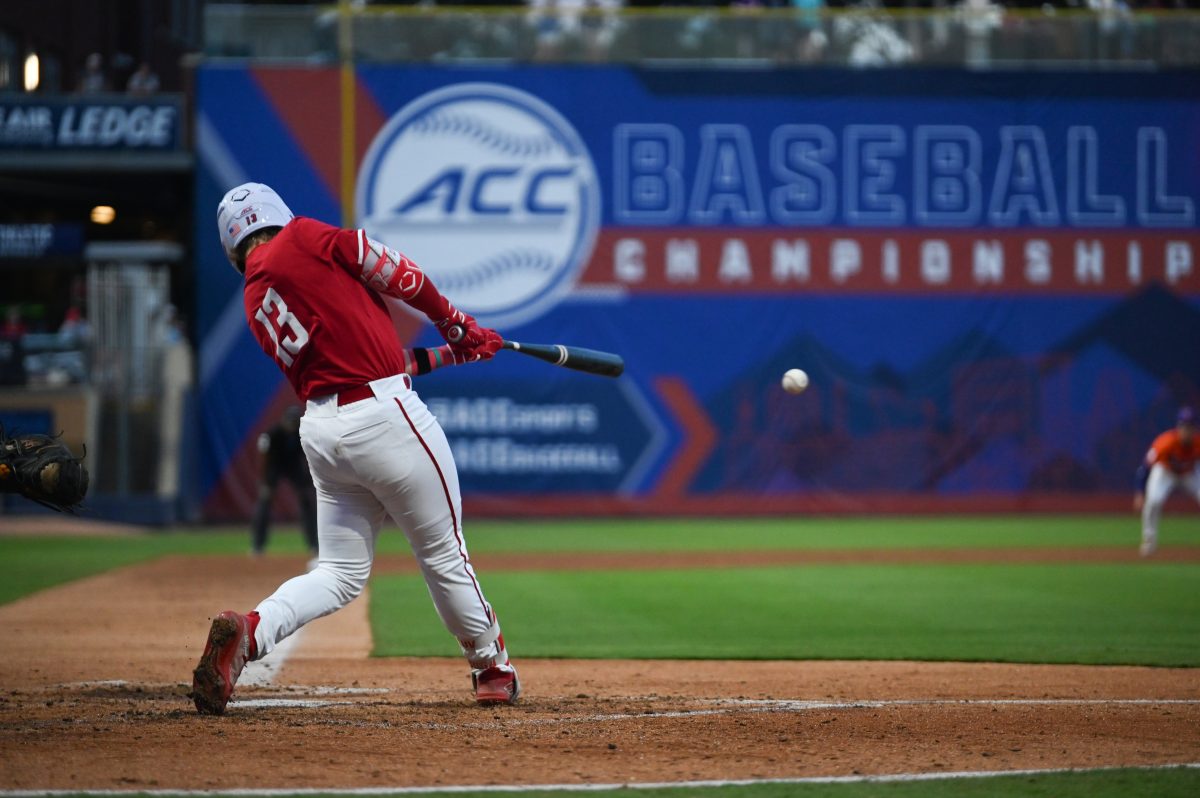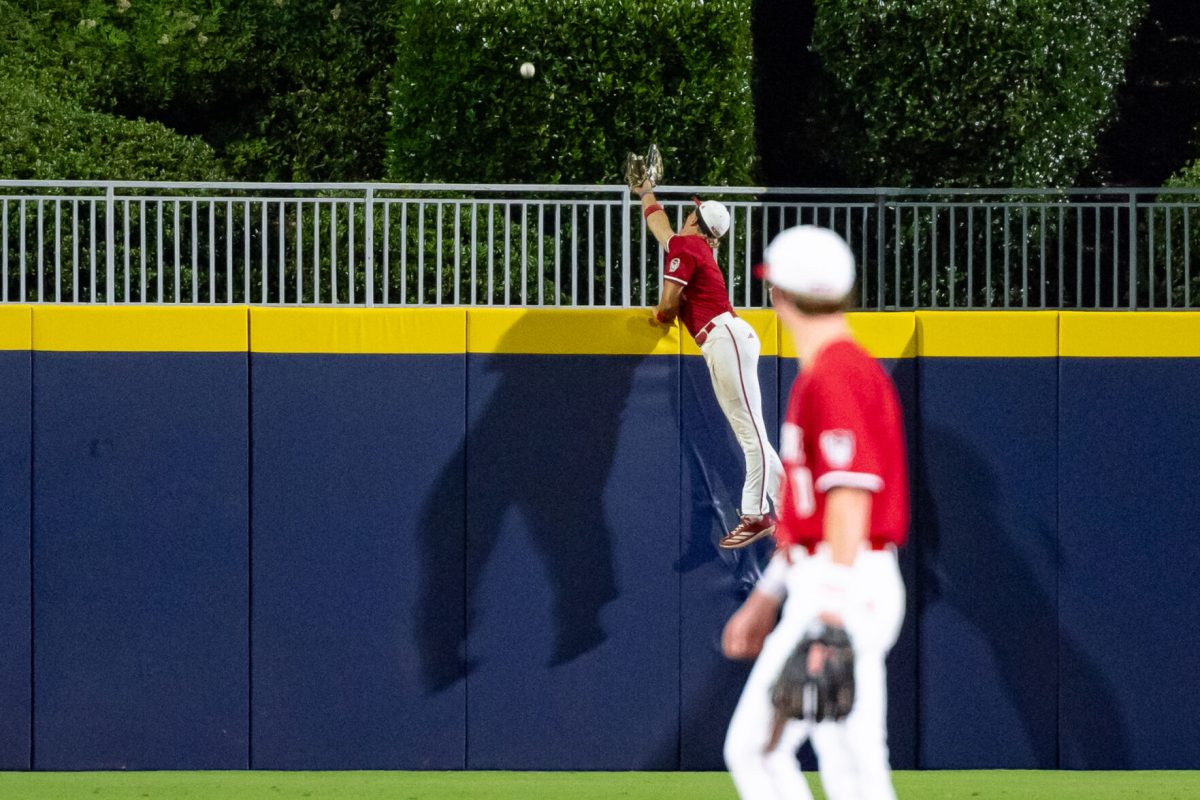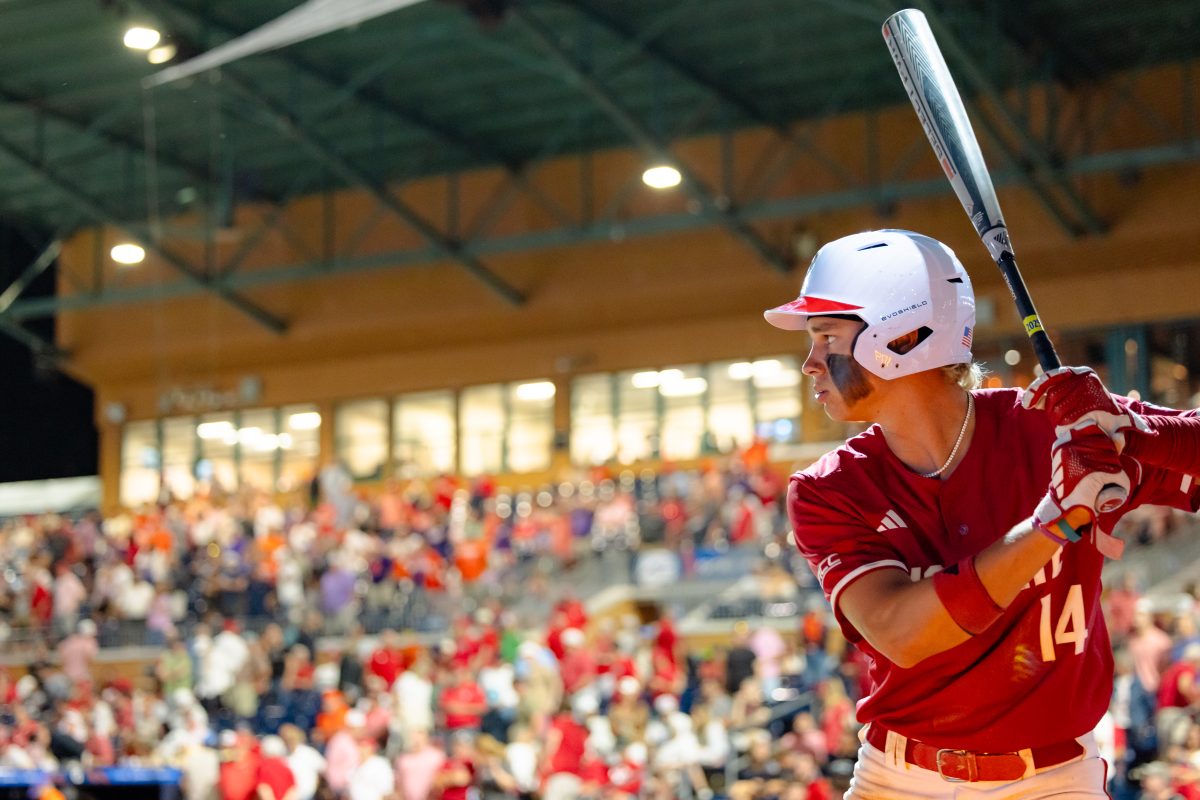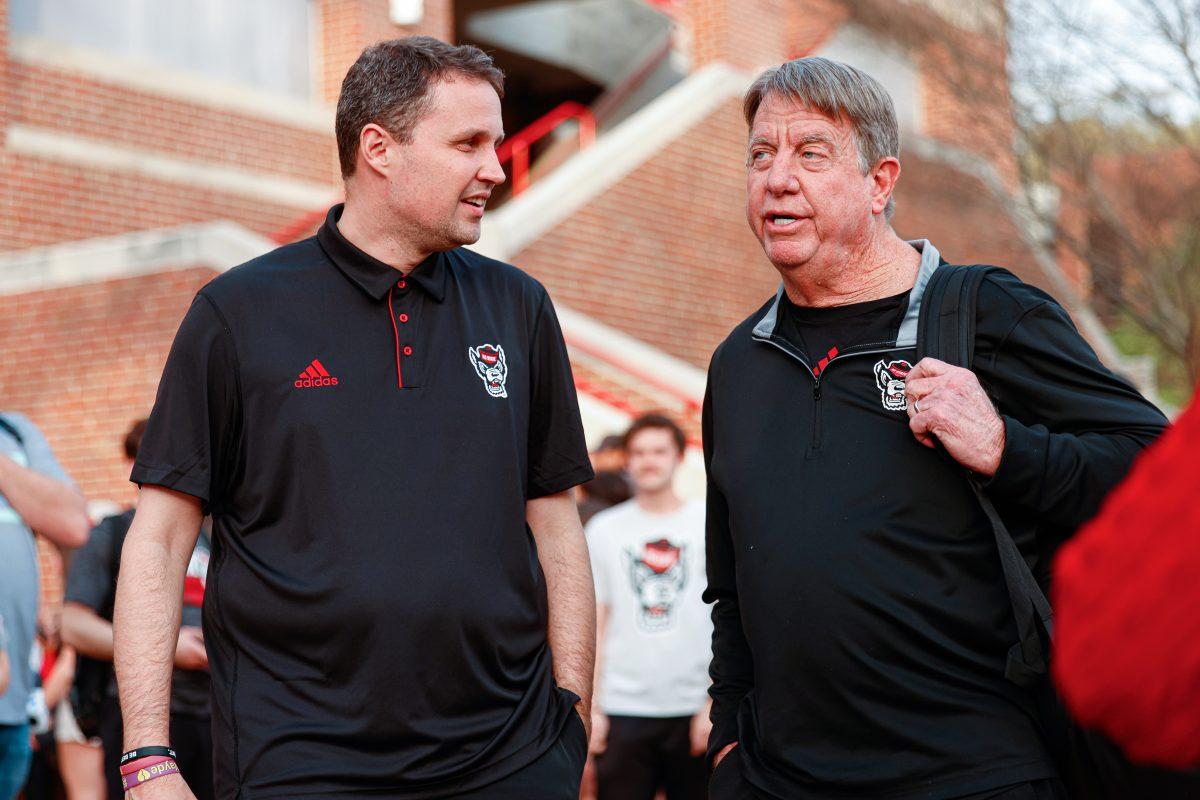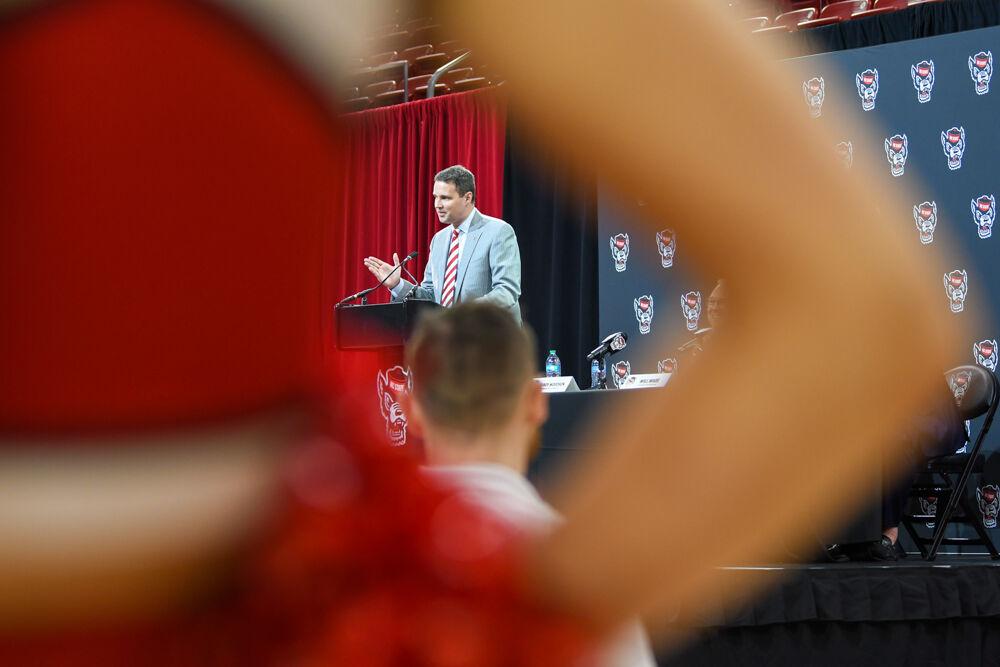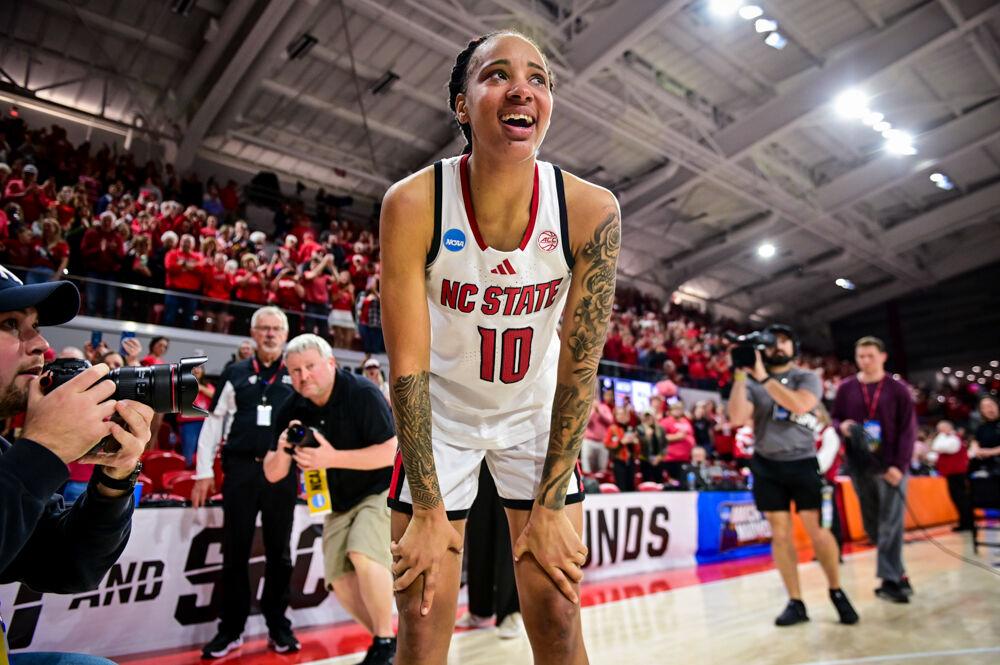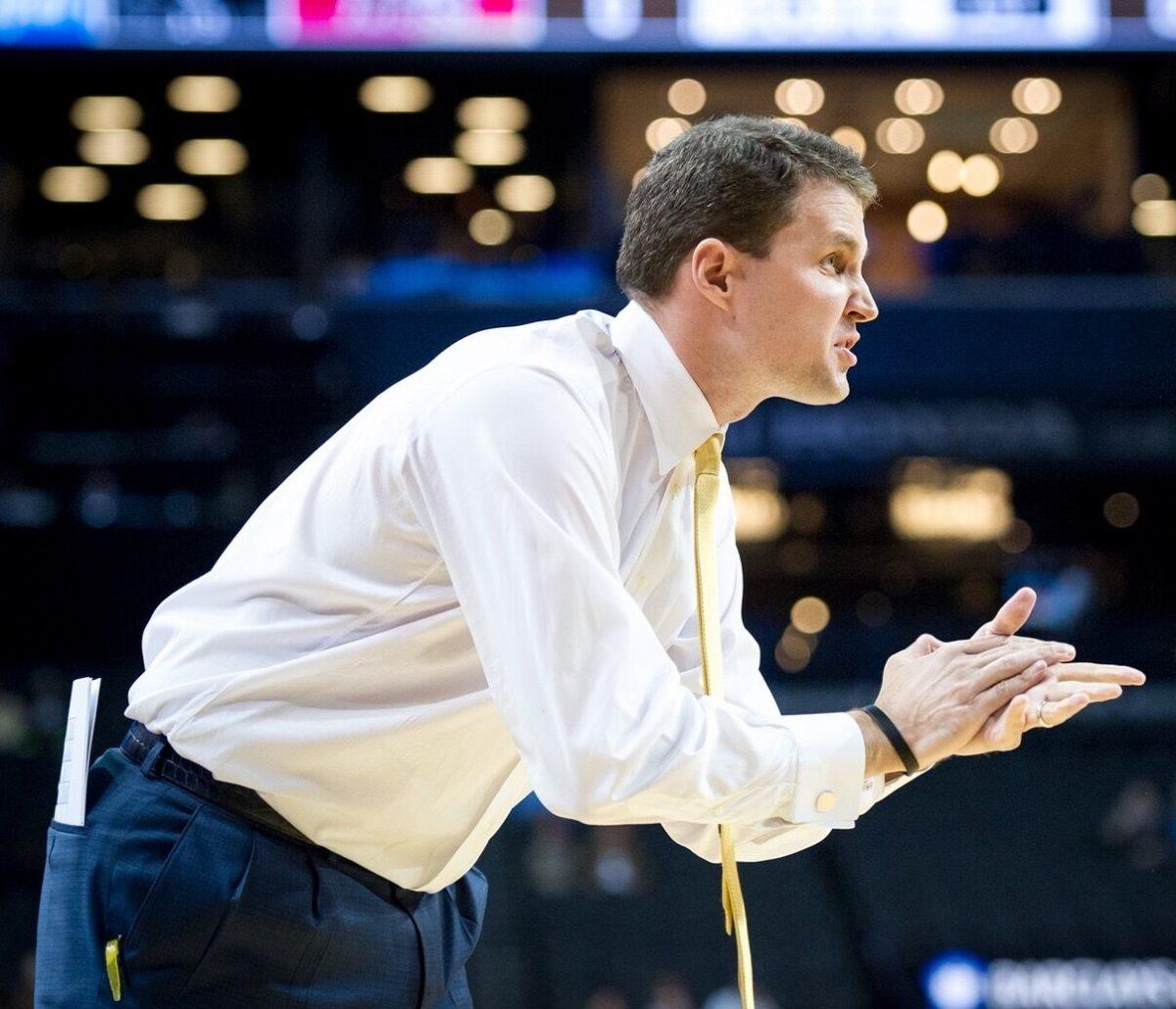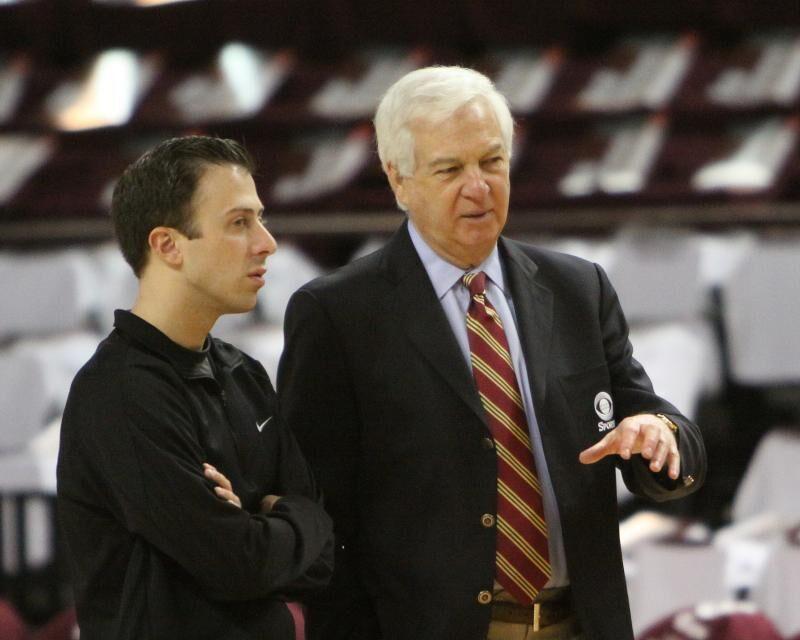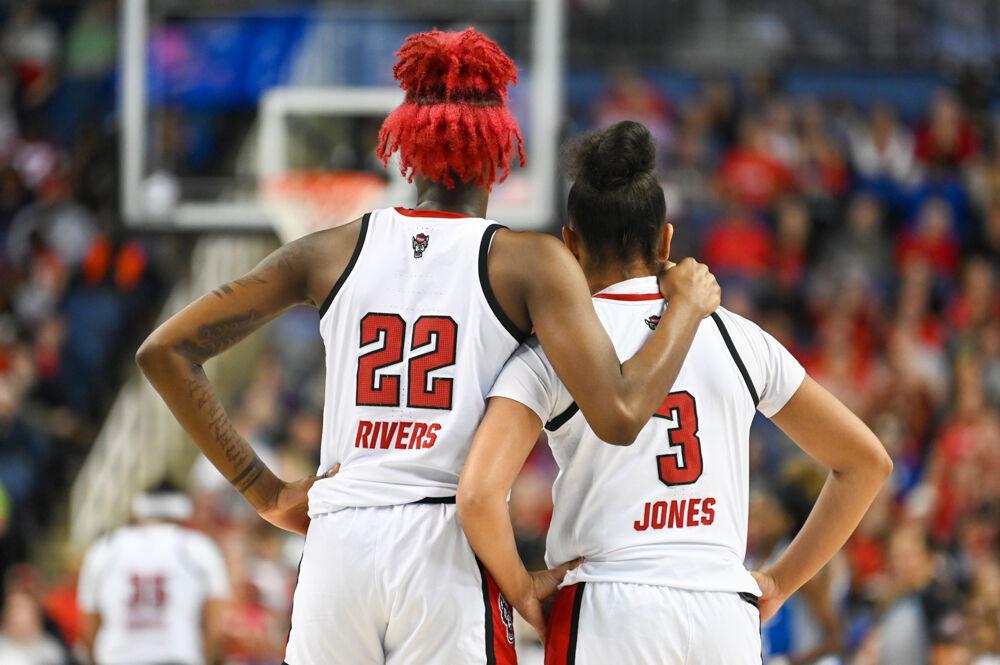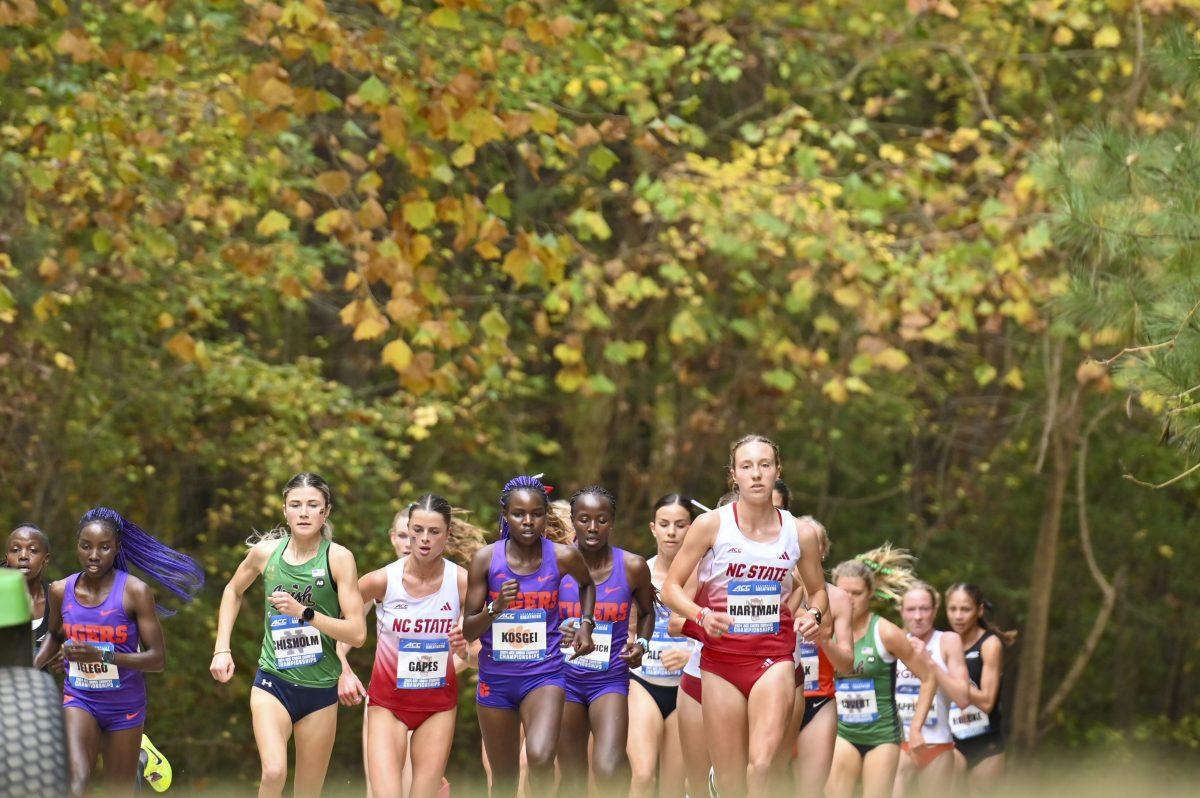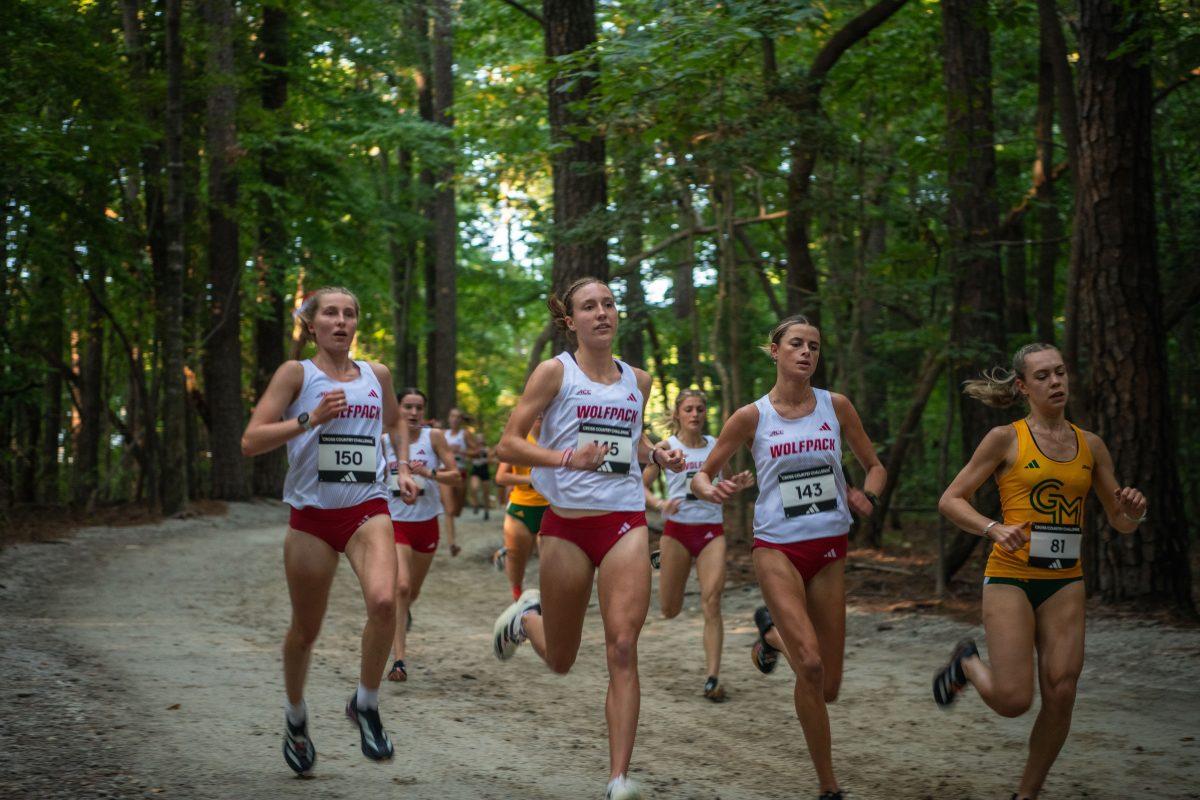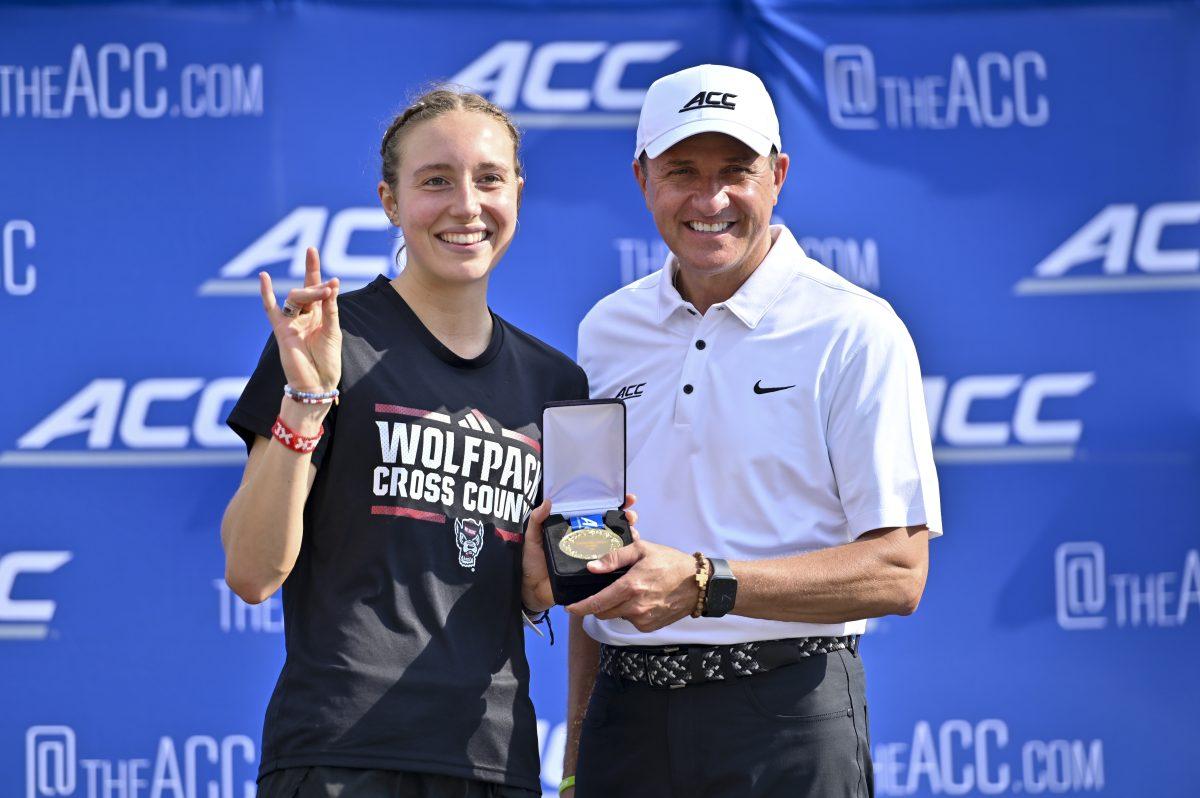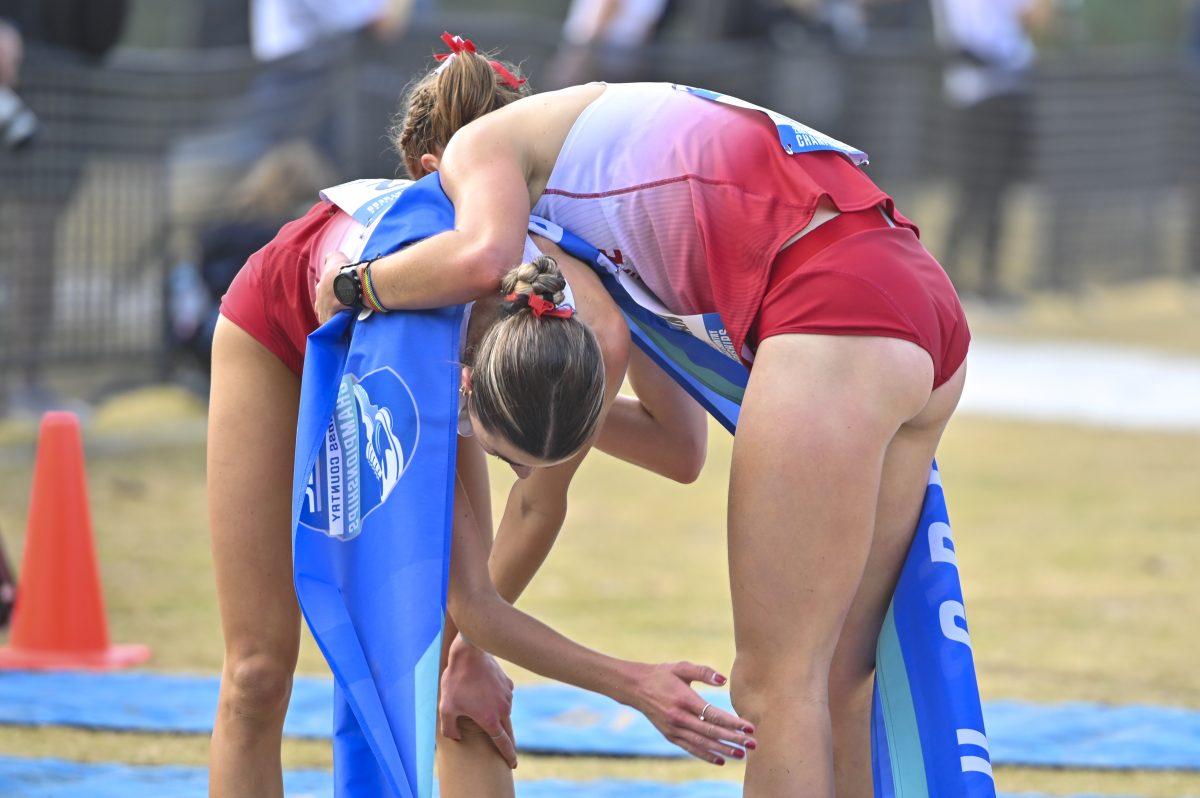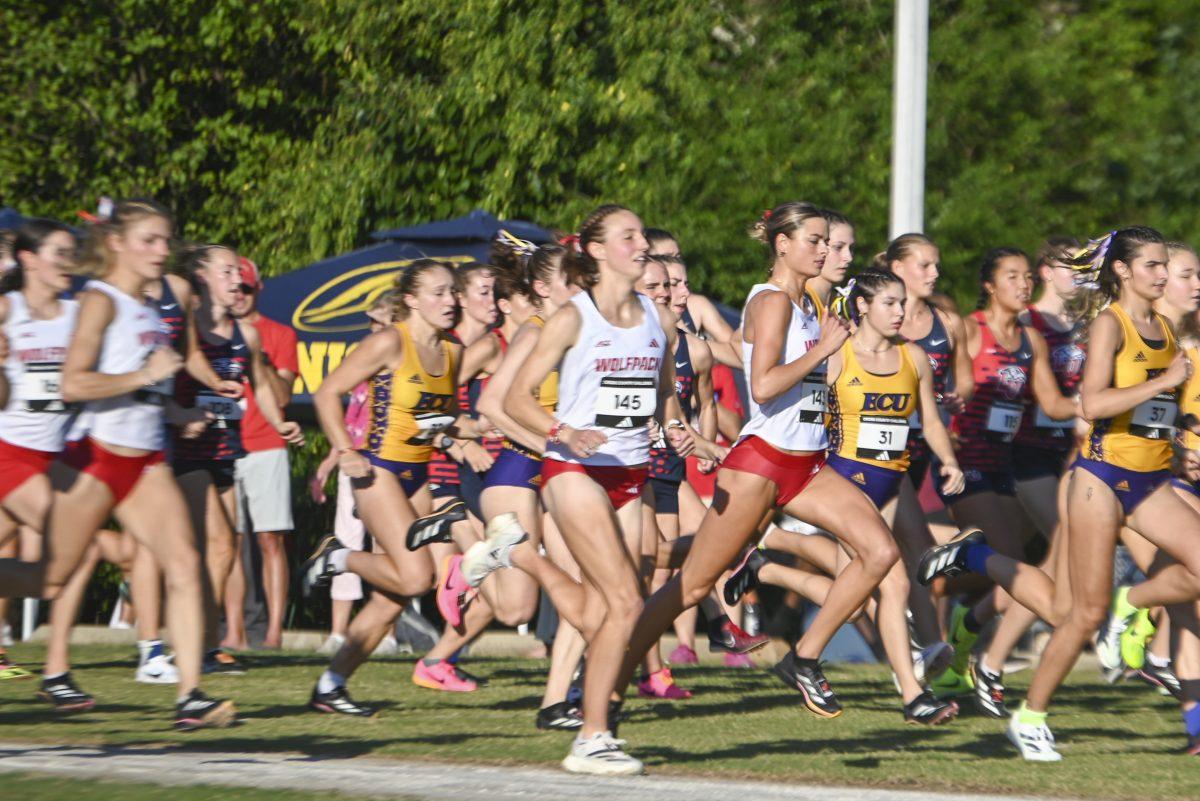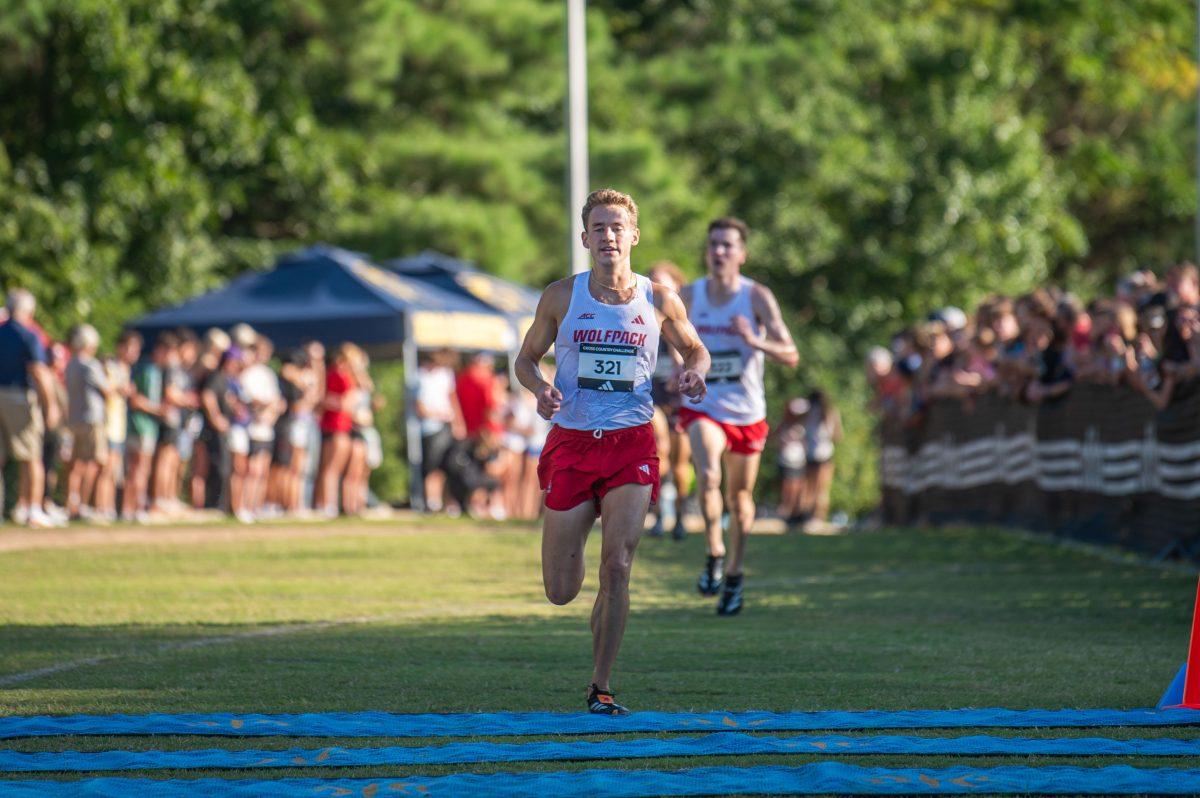The N.C. State men’s basketball program’s recent re-emergence to the national scene has brought life to the Wolfpack fan base that has been missing since the 1980s, when the late Jim Valvano led the Wolfpack to a national championship and many years of success.
This season’s wins over Duke and North Carolina will go down in N.C. State history as the beginning of Wolfpack basketball’s rise back to prominence. The rebirth of the program can be attributed to second-year head coach Mark Gottfried. Gottfried has given his players belief that they can not only hang with the big boys of college basketball, but also defeat them.
However, Wolfpack basketball isn’t the only revenue program in the Triangle experiencing a change in fortunes.
North Carolina’s football team under new head coach Larry Fedora is going through a revitalization of its own. In his first year, Fedora led the Tar Heels to an 8-4 record in 2012 and pulled in the No. 20 recruiting class in the nation, according to ESPN.com. The Heels even broke their five-year losing streak against the Wolfpack, beating State 43-35 on a last-minute punt return.
Duke’s football program has also undergone a recent face-lift. Head coach David Cutcliffe led the 2012 Blue Devils to a 6-7 record, including a win over UNC courtesy of a last-minute touchdown pass. Cutcliffe was named ACC Coach of the Year for helping Duke become bowl-eligible for the first time since 1994.
What does success of big-revenue programs mean for non-revenue programs such as baseball or soccer?
The most obvious answer is sponsorship dollars. N.C. State signed a four-year all-sports contract with Adidas last April. This deal, worth a total of $7 million, pays the Wolfpack $425,000 in cash annually.
As part of this deal, Adidas provides uniforms and equipment to a total of 23 Wolfpack sports teams, most of them non-revenue. The money Adidas gives to the University also helps fund non-revenue sports like men’s soccer and volleyball so they have money for things like travel expenses or maintenance on facilities.
Money raised through revenue sports can also be used to help build new facilities. Although most money used to build these facilities comes from alumni donations, things like ticket sales from football and basketball can help pay for new athletic complexes.
Just last year, N.C. State finished construction on the Dail Tennis Center, the home of the men’s and women’s tennis teams. The University also turned the Upper Miller Field, previously used for intramural sports, into the Wolfpack Training Center. The complex is used for men’s and women’s soccer teams.
State is not the only school building new facilities. In 2008, UNC finished rebuilding and expanding Boshamer Stadium, the home of its baseball team.
When the revenue sports are succeeding, non-revenue programs are able to reap the benefits and grow into nationally competitive programs.


